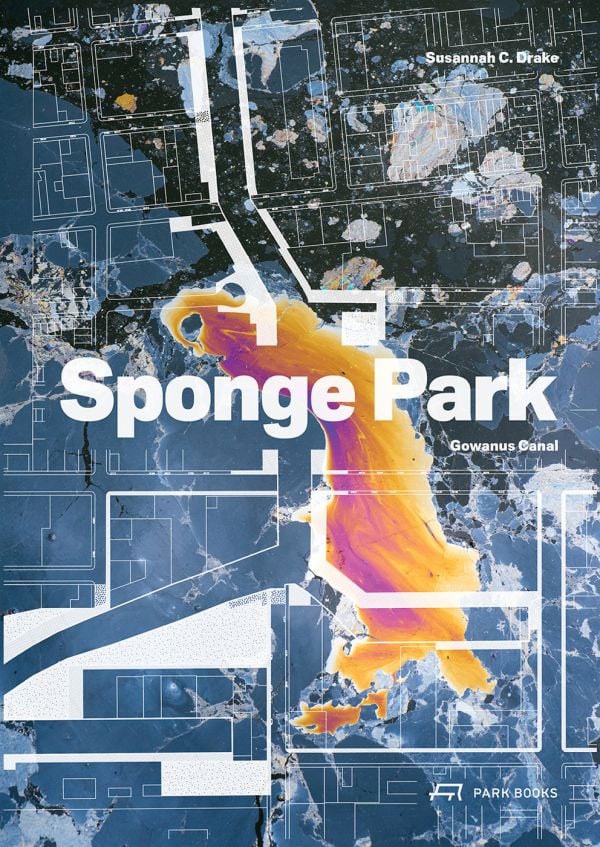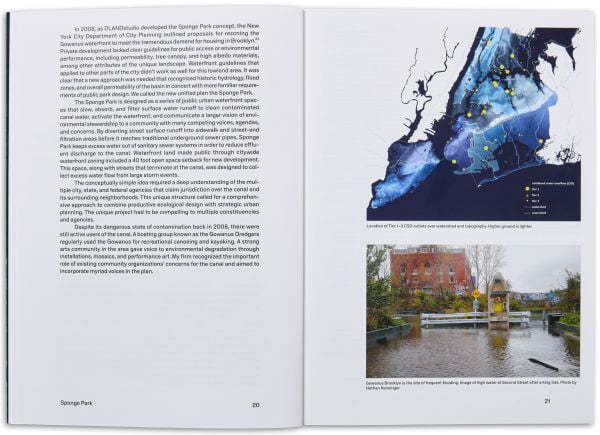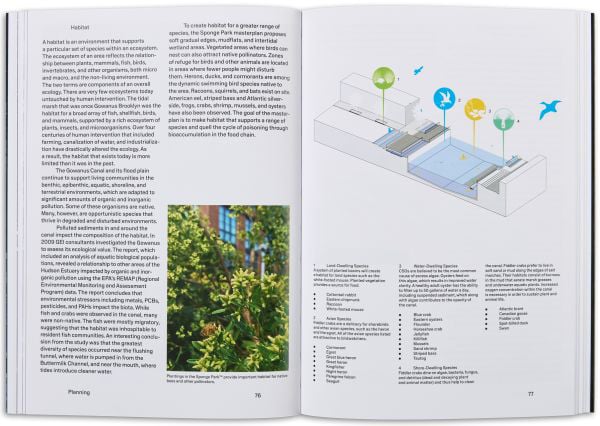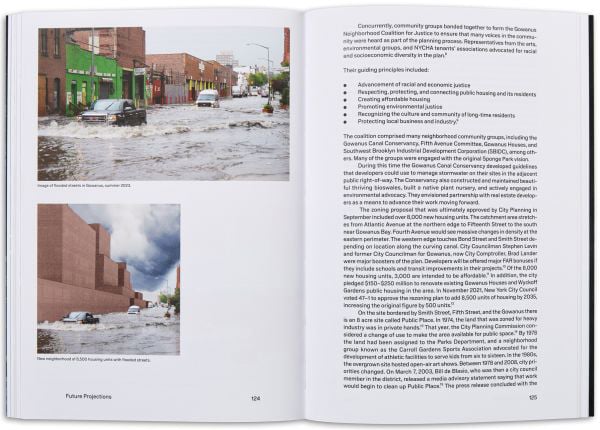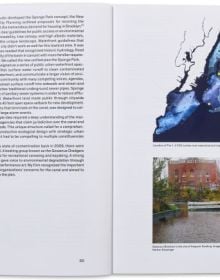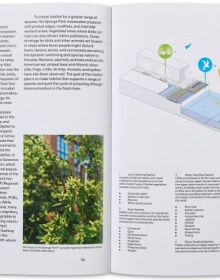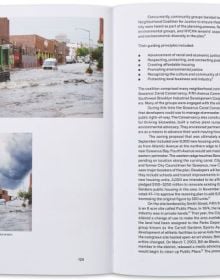Sponge Park
Gowanus Canal
- Introduces the pioneering and award-winning Sponge Park master plan and pilot projects for the regeneration of the notorious Gowanus Canal in Brooklyn, NY
- Offers a resource for communities, architects, landscape and urban designers, environmental activists, and public agencies to clean up similarly degraded sites
- The comprehensive approach integrates ecological and urban design and makes the project a unique and compelling strategy for improving urban climate resilience
- The Gowanus Canal Sponge Park is the only project to date that has succeeded in both branding an idea for greater public acceptance and actually performing on the promises of the planning
- The Gowanus Canal Sponge Park has been recognised with the 2020 AIA and ASLA Urban Design Awards and with the inaugural Cooper Hewitt Smithsonian National Design Award for Climate Action
Before there were sponge cities, there were sponge parks. Brooklyn’s Gowanus Canal is the site of the Sponge Park master plan and pilot projects, instigating a widespread movement toward greater urban permeability. Designed by Susannah Drake and her former Brooklyn-based firm DLANDstudio Architecture + Landscape Architecture, their execution was completed in 2016 and recognised with National AIA and ASLA Urban Design Awards as well as the inaugural Cooper Hewitt Smithsonian National Design Award for Climate Action in 2020.
The Gowanus Canal was the channelised reminder of a former freshwater creek and tidal marsh. Industrial use in the 19th and 20th centuries left a legacy of heavy pollution in the soil and water. Historic industrial buildings lined the canal, so that residential neighbourhoods had scarce opportunity to access the water’s edge. Today’s Sponge Park is conceived as a series of public urban waterfront spaces that slow, absorb, and filter dirty surface water runoff to clean contaminated canal water, reduce combined sewer overflow, and add open space in a park-starved neighborhood. Revealing the form, distribution, and size of natural ecological patterns in relation to the shape and patterns of infrastructure, neighbourhoods, and political jurisdictions were among key components of the design.
This book introduces the Sponge Park in great detail with photos, illustrations, plans, and diagrams. It demonstrates the concept’s potential as a component of a larger vision for a new paradigm of coastal urbanism, upland adaptation, and right-of-way design in the 21st century. Sponge parks proactively address how to manage stormwater runoff from increasingly severe storm events, and reduce detrimental impacts. This work is a must-read for design students, architects, and academics as well as for elected officials, policy-makers, and community activists.
- Publisher
- Park Books
- ISBN
- 9783038602491
- Published
- 18th Dec 2024
- Binding
- Paperback / softback
- Territory
- World excluding Austria, Germany, Switzerland, Puerto Rico, United States, Canada, and Japan
- Size
- 240 mm x 170 mm
- Pages
- 156 Pages
- Illustrations
- 80 color, 10 b&w
Distributed by ACC Art Books
Our Catalogues
Please log-in or create an account to see your recent items.
